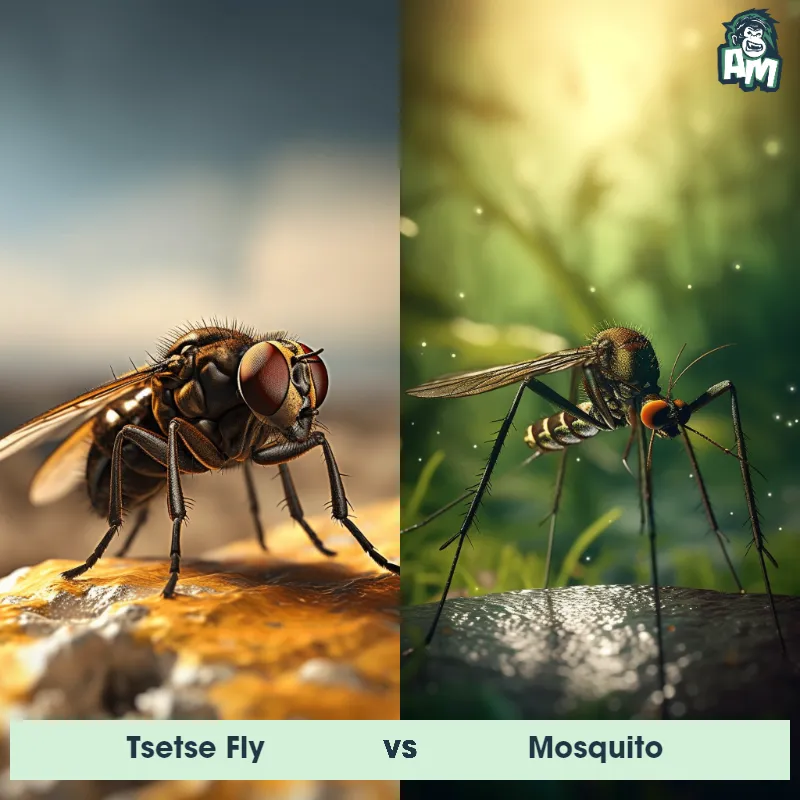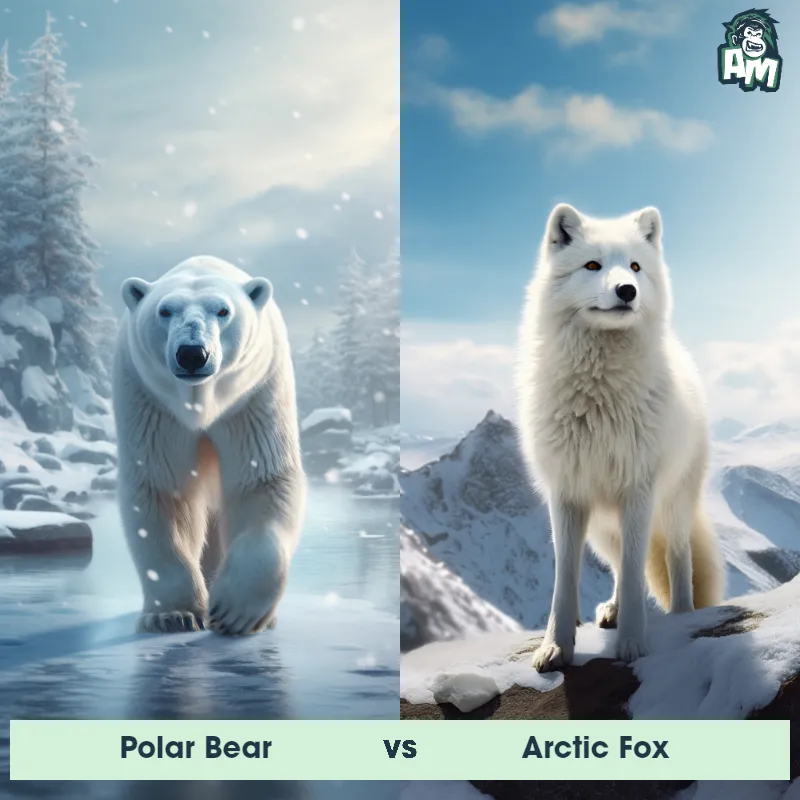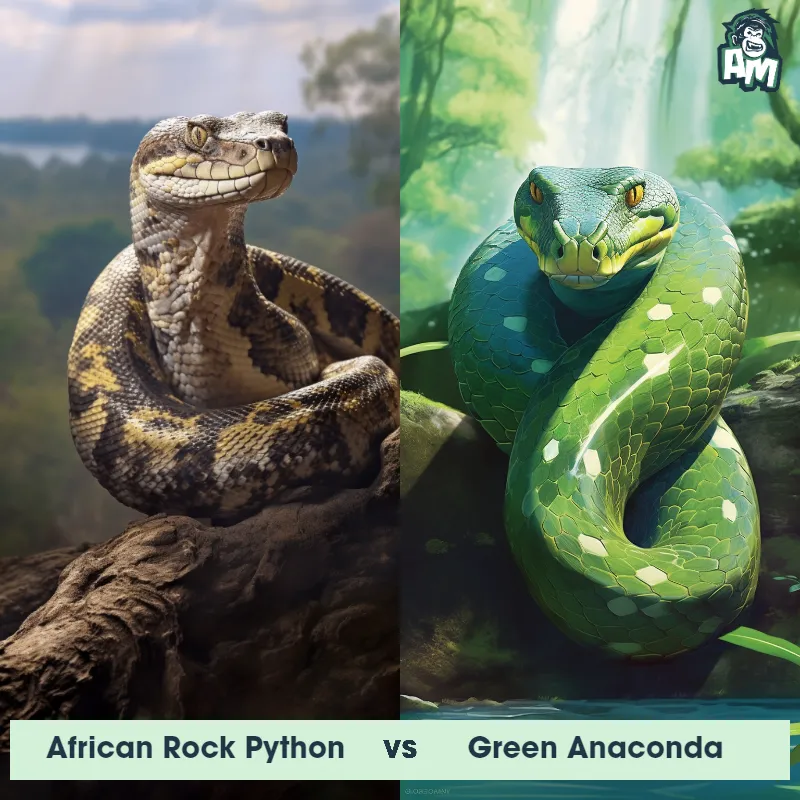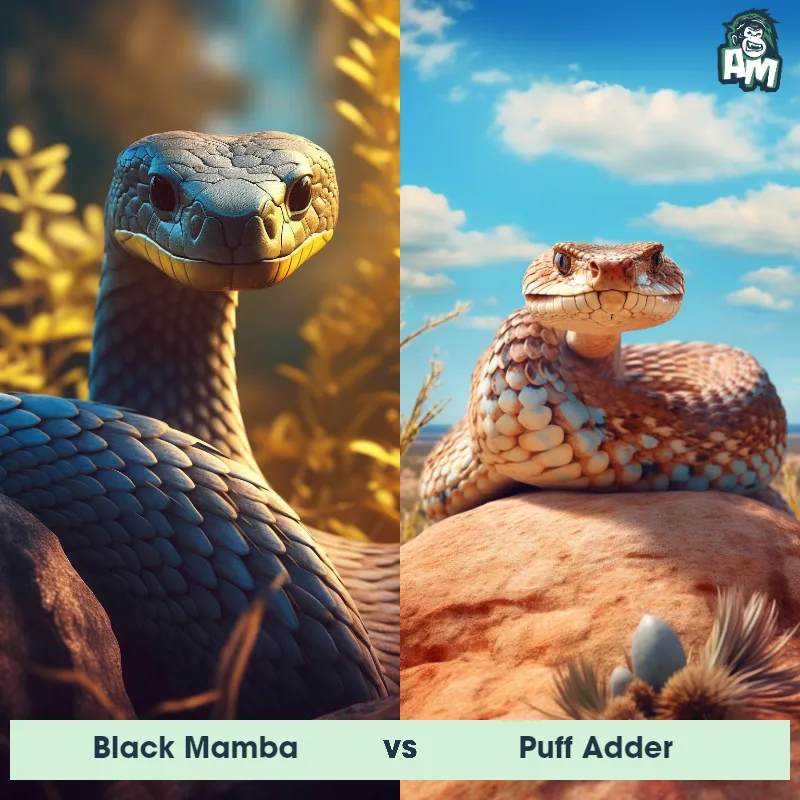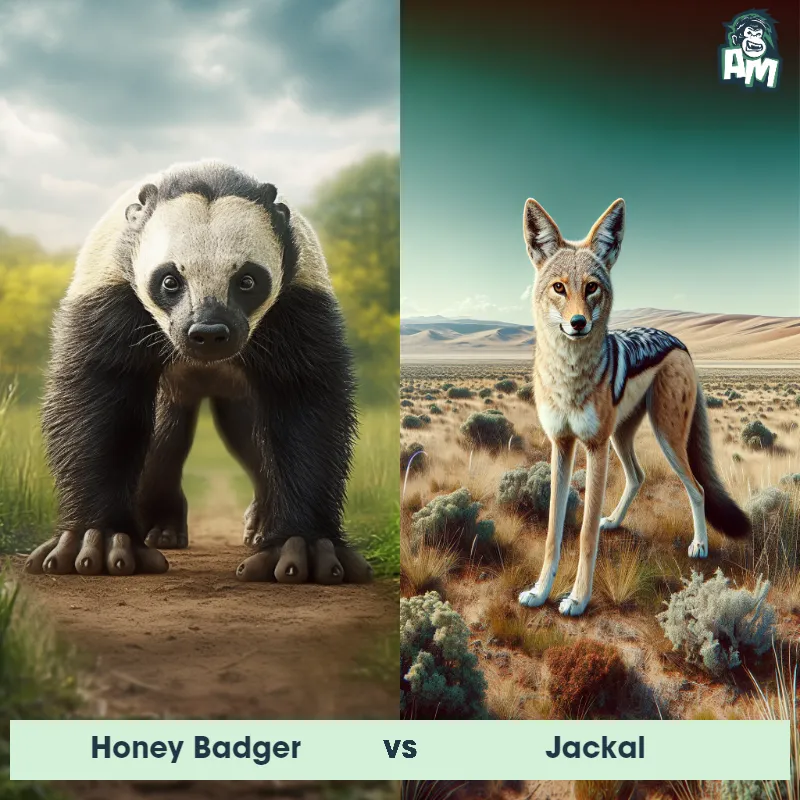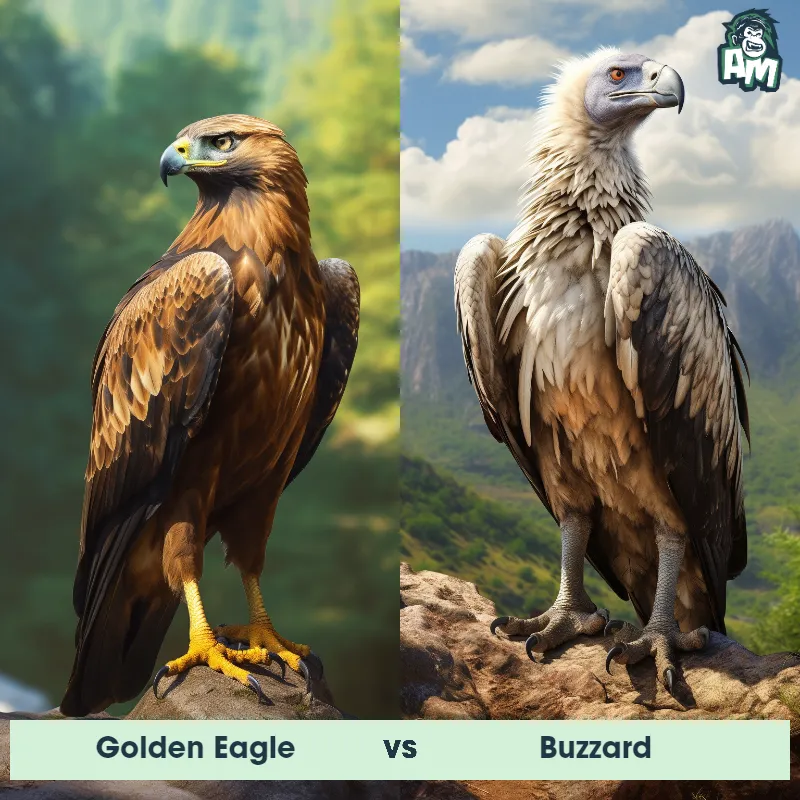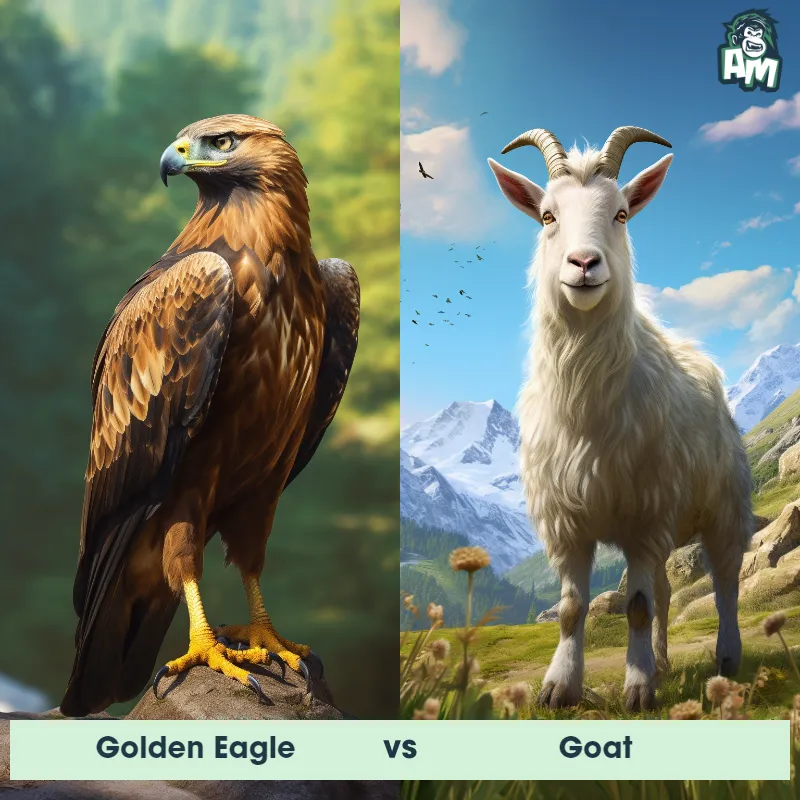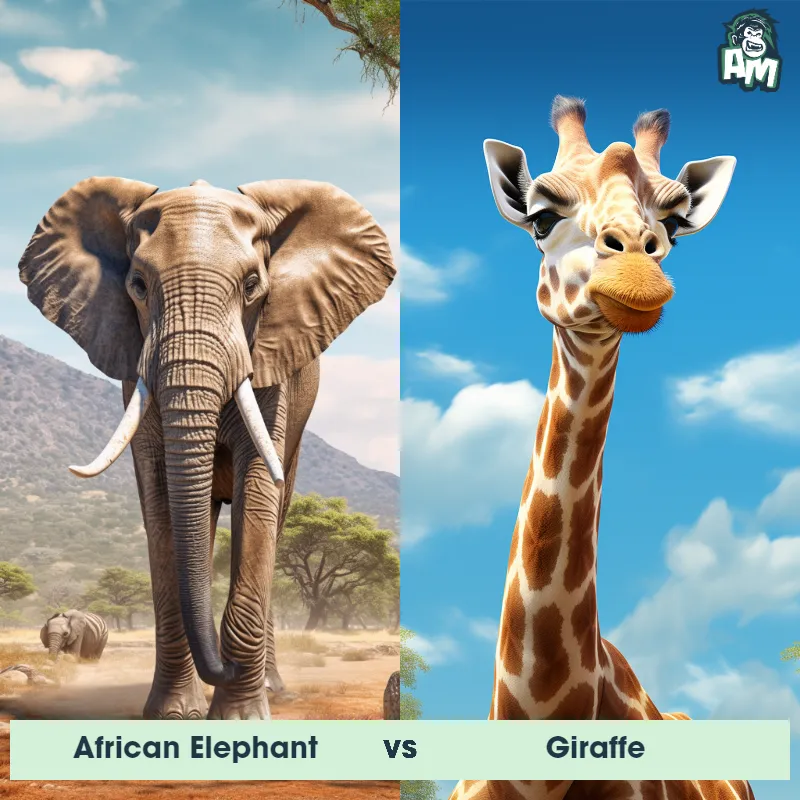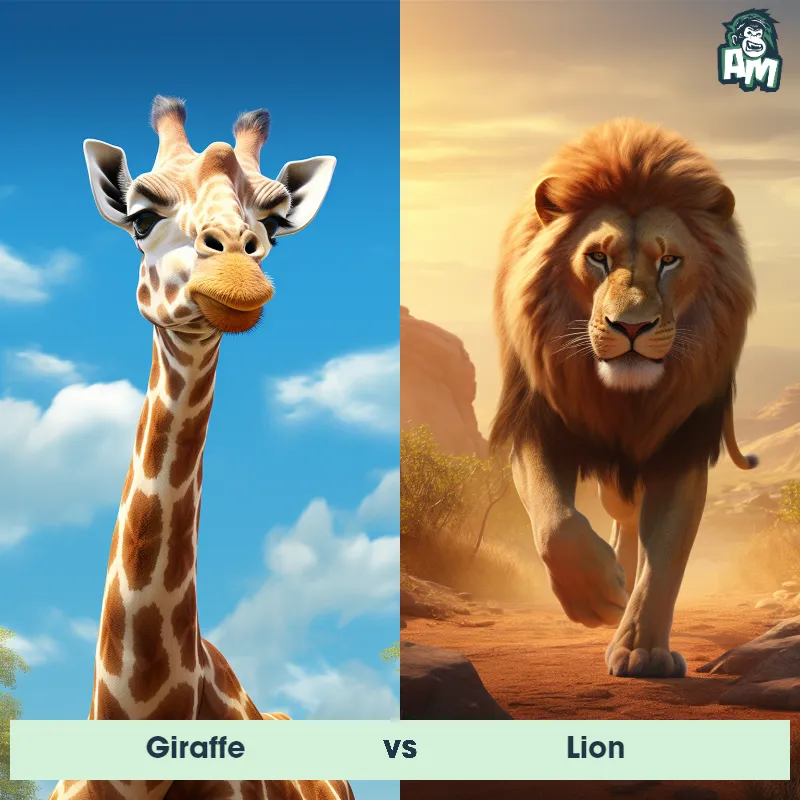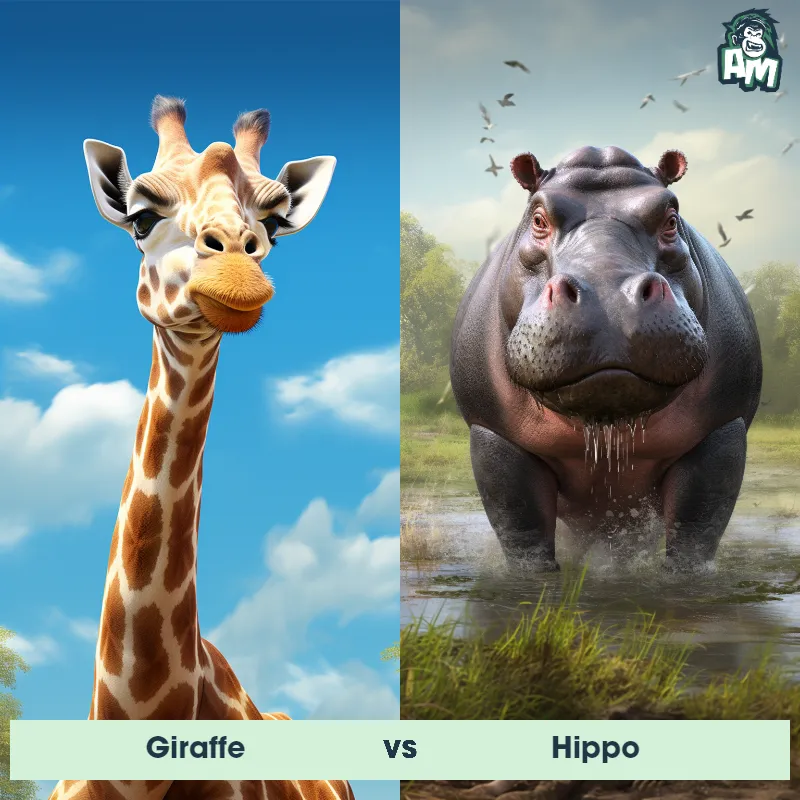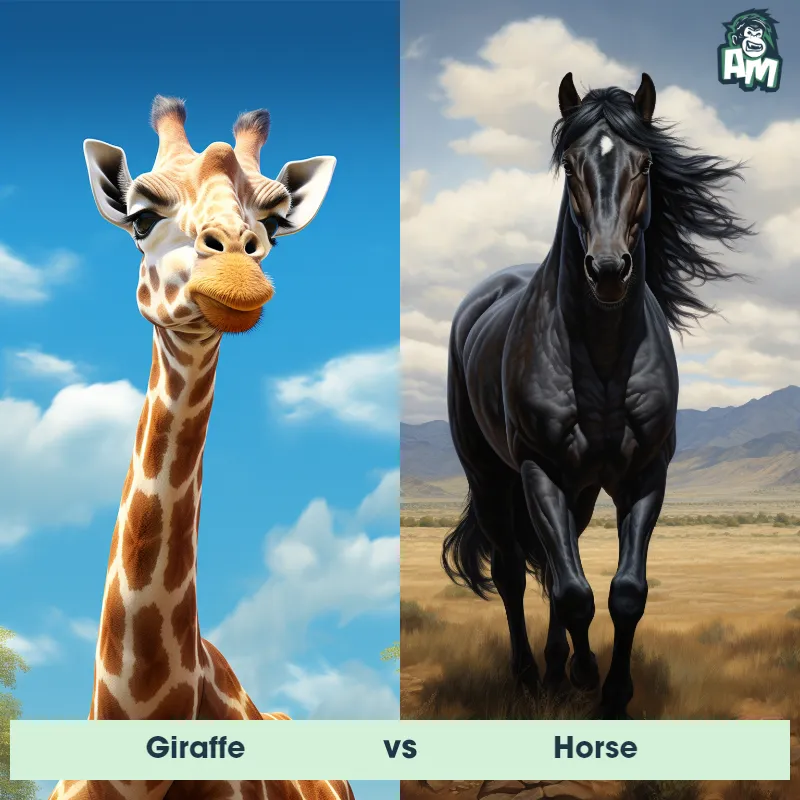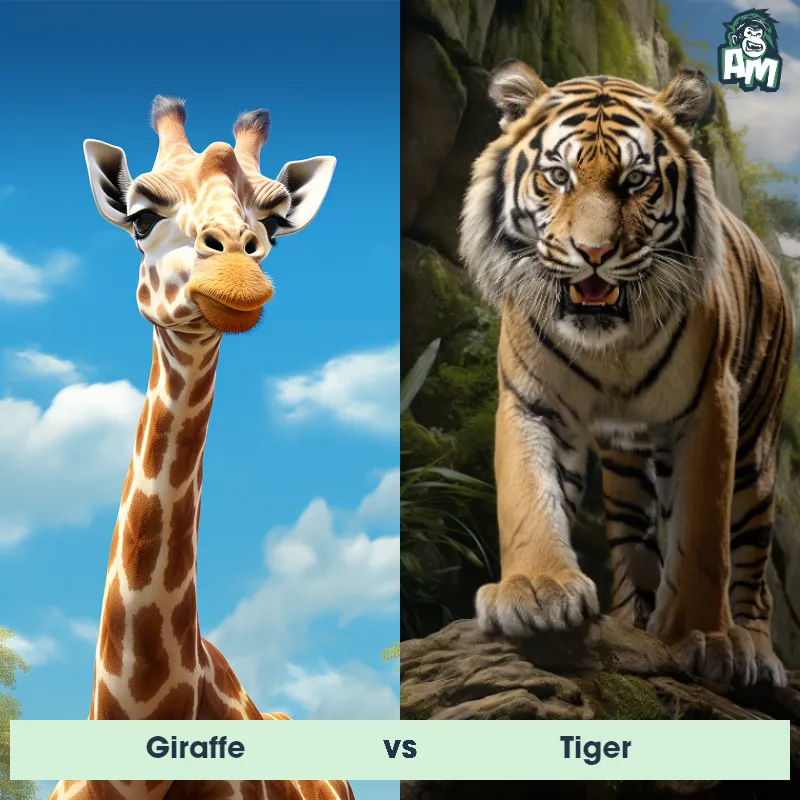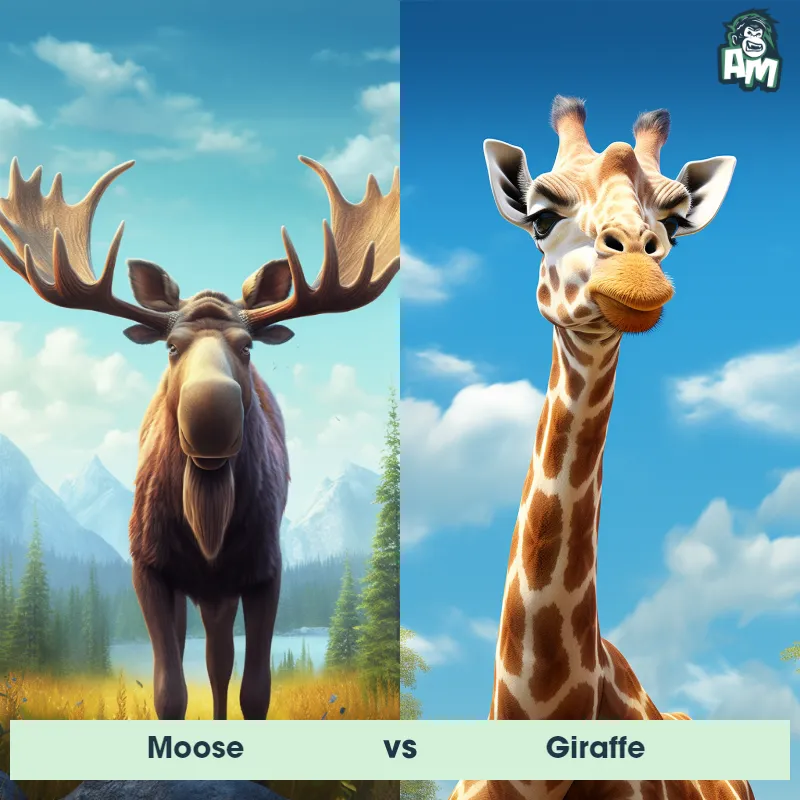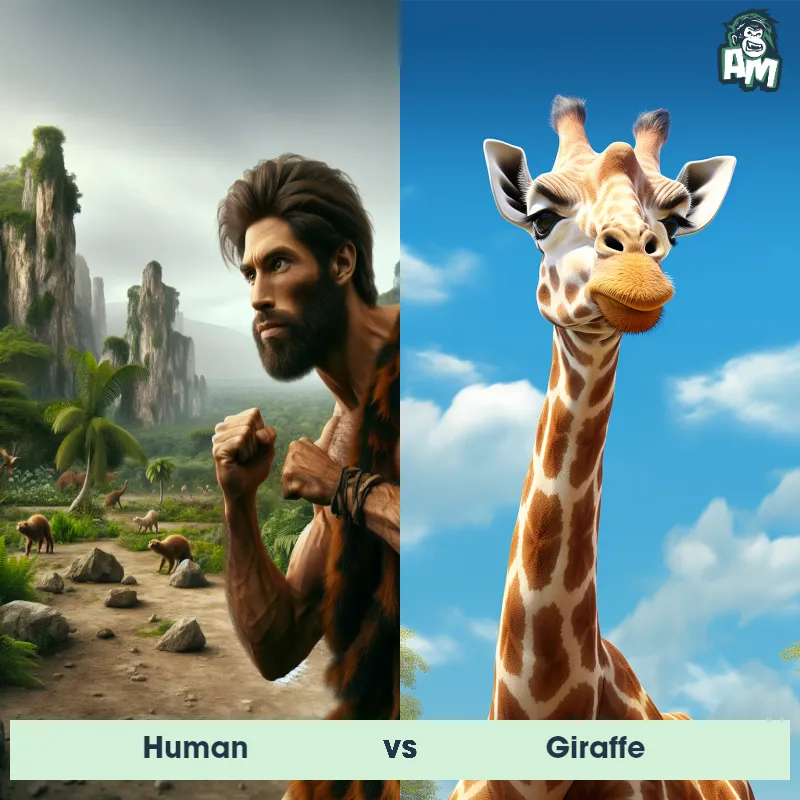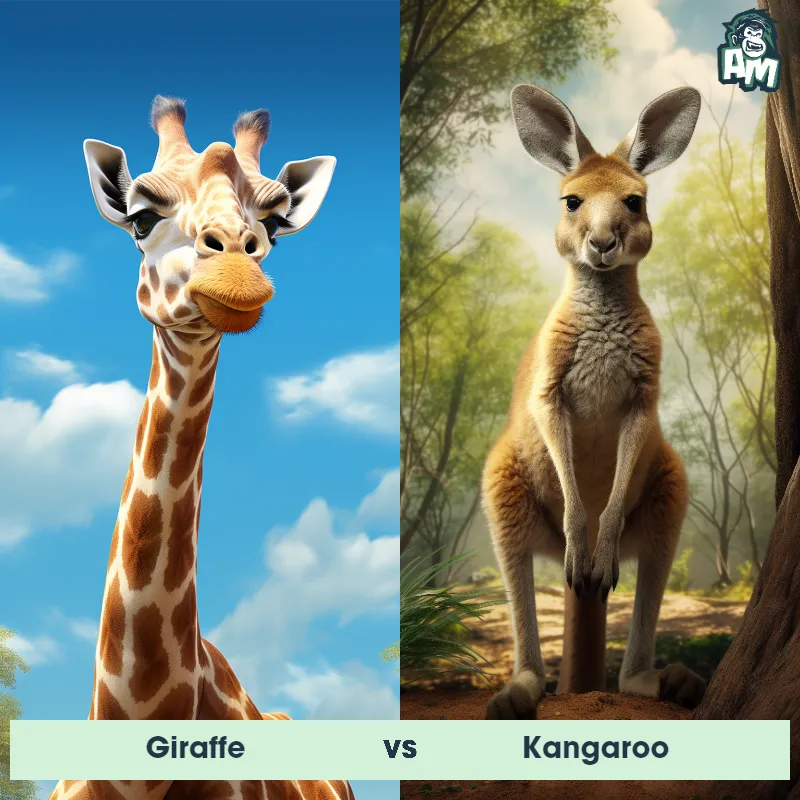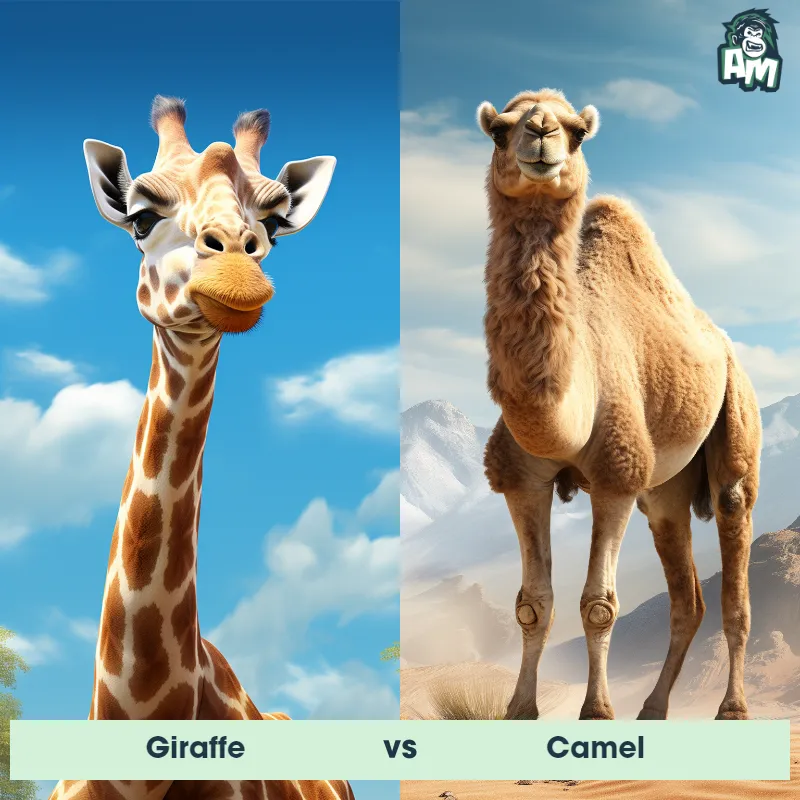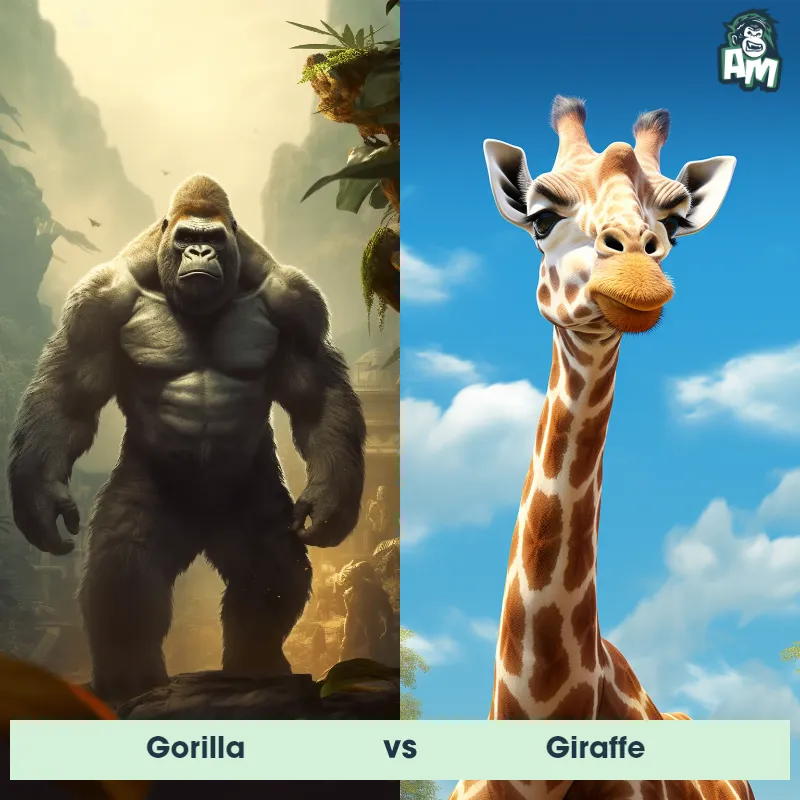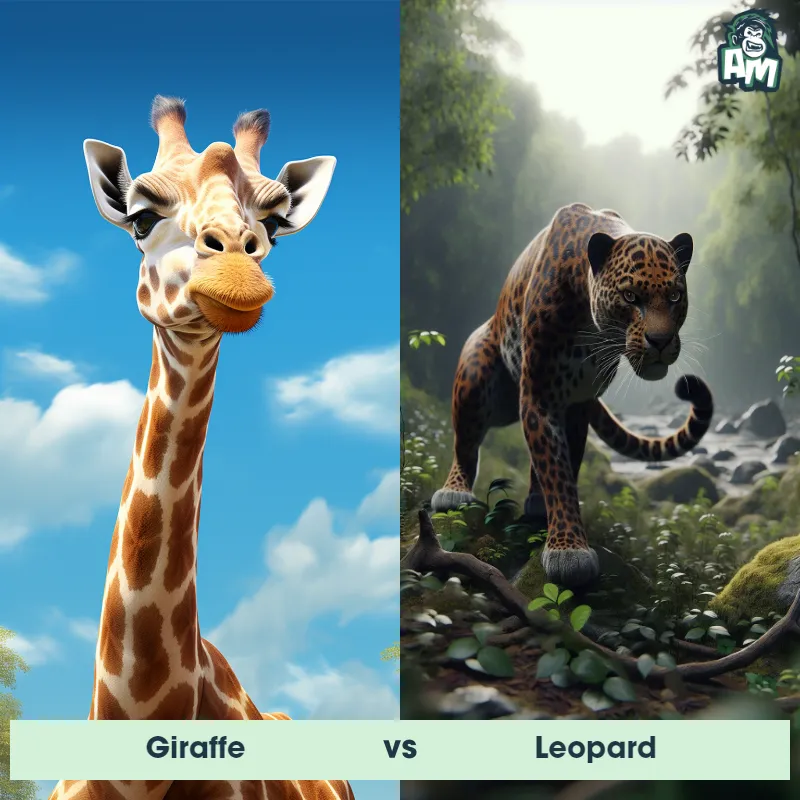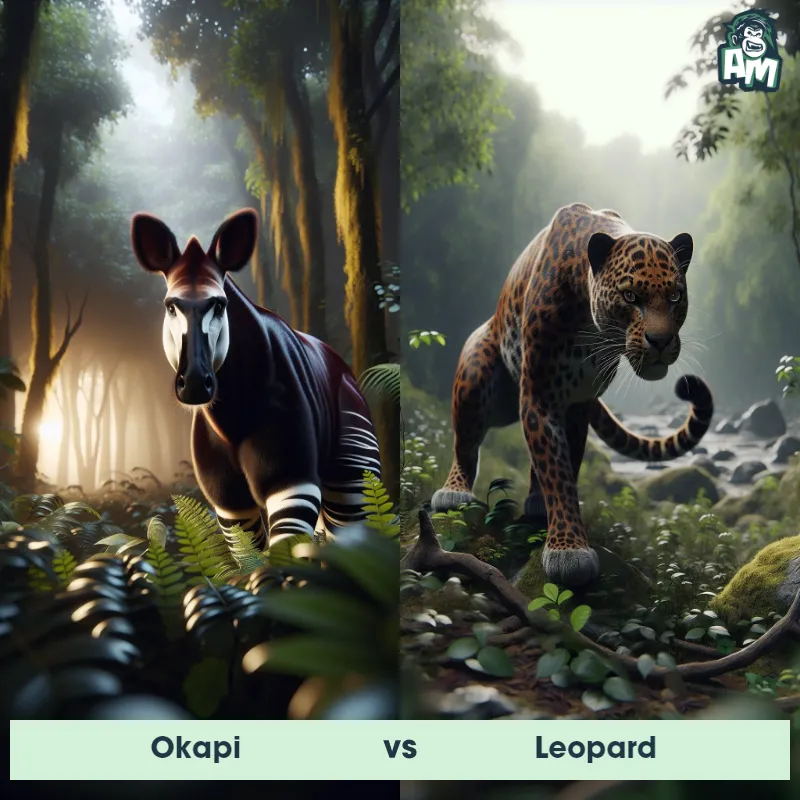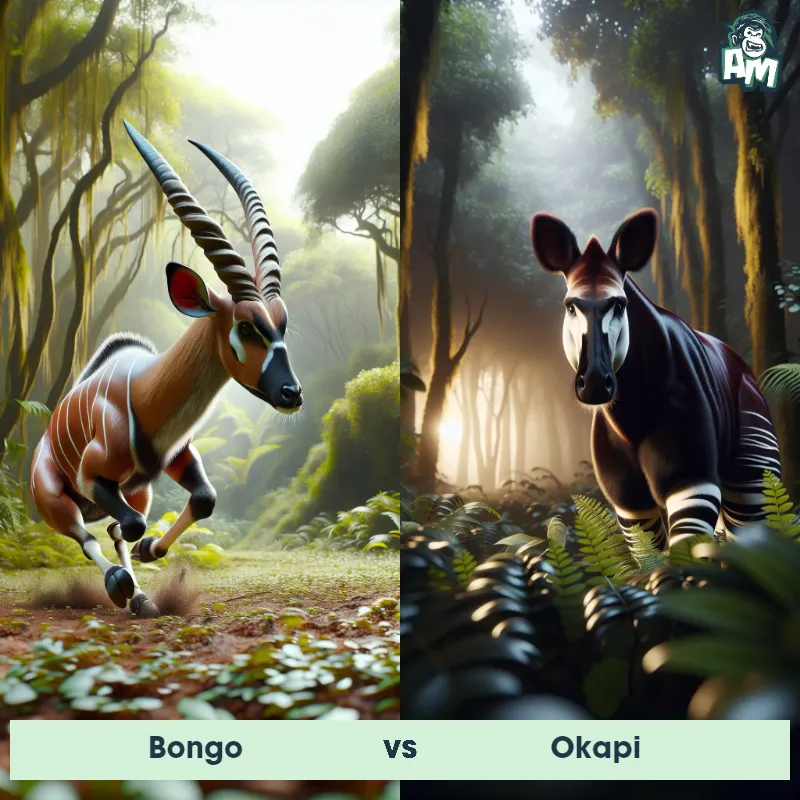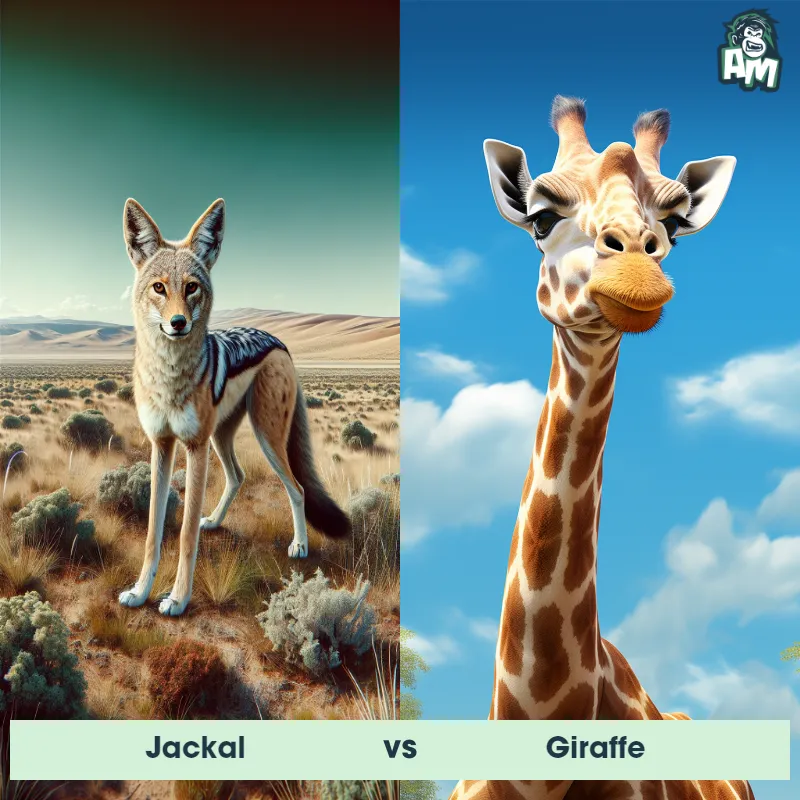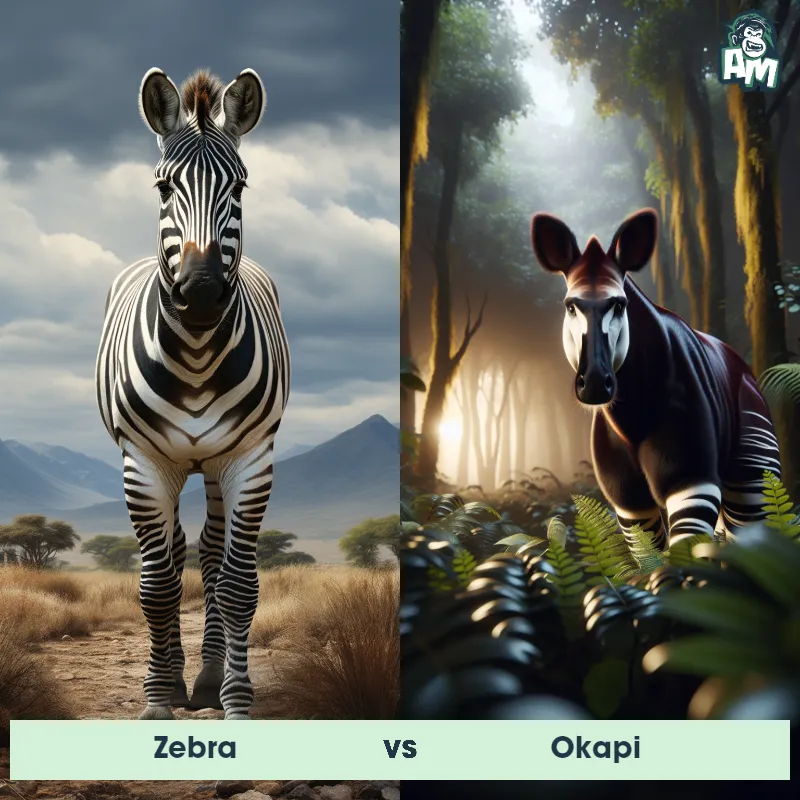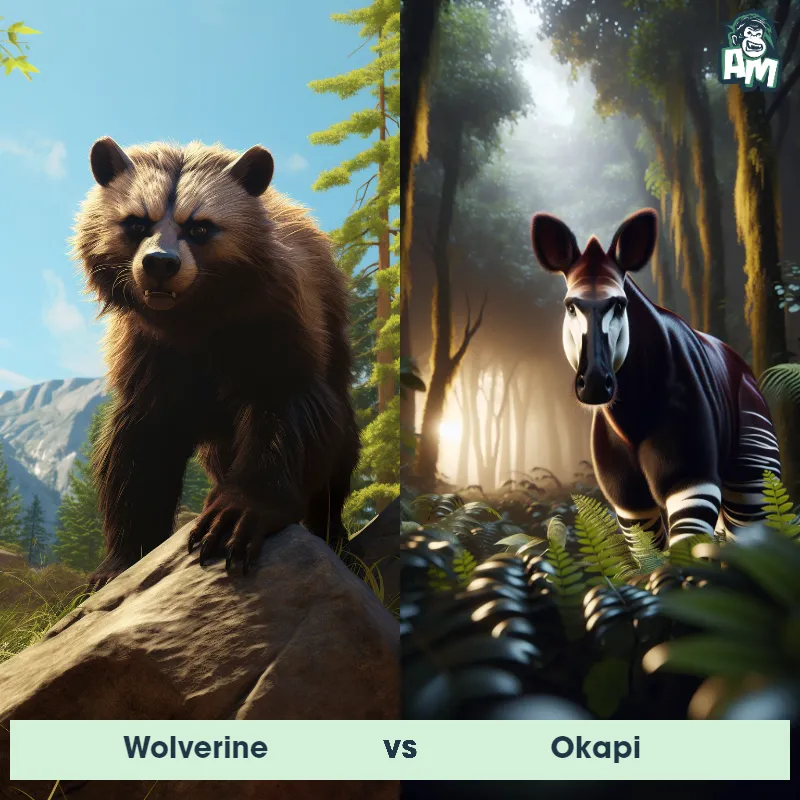Diplodocus vs GiraffeSee Who Wins

In the left corner, we have the towering, long-necked Diplodocus, a behemoth of prehistoric times, famous for its whip-like tail and sheer size. In the right corner, today's competitor from the savanna, the elegant yet powerful Giraffe with its own towering neck and formidable hoofs. It's a standoff of the Titans from different eras!
Contender 1: Diplodocus
The Diplodocus, a herbivorous dinosaur from the Late Jurassic period, is known for its long neck, whip-like tail, and sturdy legs. It could reach lengths of up to 90 feet and weigh as much as 12 tons. Despite its massive size, its skull was small and light, with peg-like teeth for stripping leaves off branches.
Fun Fact: One fun fact about Diplodocus is that it is estimated to have had a heart weighing around 600 pounds to supply blood to its large body.
Contender 2: Giraffe
The giraffe is a majestic, long-necked mammal known for its exceptional height, which makes it the tallest land animal in the world. Adult giraffes can reach heights of up to 18 feet. Their unique appearance is characterized by a patterned coat with patches varying in color from orange and brown to lighter hues. Giraffes have long legs, a sloping back, and a small hump on their shoulders. They are native to Africa, primarily found in savannahs and woodlands, where they graze on leaves, fruits, and flowers.
Fun Fact: Despite their long necks, giraffes have the same number of neck vertebrae as humans, which is seven. Each vertebra can be up to 10 inches long.
Matchup Stats
| Diplodocus | Giraffe | |
|---|---|---|
| Size | 90 feet (27.4 meters) | Up to 18 feet tall (5.5 meters) |
| Weight | 12 tons (10,886 kilograms) | Up to 2,800 pounds (1,270 kilograms) |
| Speed | 10 - 15 mph (16 - 24 km/h) | 35mph (56km/h) |
| Key Strength | Tail whip | Powerful kicks with their long legs |
| Biggest Weakness | Small skull and teeth | Vulnerable when bending down to drink water |
Current Votes
Diplodocus vs Giraffe
See Who Wins
View More Matches
Looking For More?
Similar Matches
Scientific Stats
| Diplodocus | Giraffe | |
|---|---|---|
| Scientific Name | Diplodocus | Giraffa camelopardalis |
| Family | Diplodocidae | Giraffidae |
| Habitat | Forests | Savannahs, grasslands, and open woodlands |
| Geography | North America | Africa |
| Diet | Herbivore | Herbivorous, primarily leaves, fruits, and flowers |
| Lifespan | 70 years - 100 years | 20 years - 25 years |
Key Differences between Diplodocus and Giraffe
- Legs: Diplodocus had columnar, elephant-like legs, while Giraffes have long, slender legs.
- Color: Diplodocus may have had a uniform, dull coloration, while Giraffes feature distinctive tan and brown patches.
- Skin Texture: Diplodocus likely had a rough, reptilian skin, whereas Giraffes have a smooth, patterned fur coat.
- Tail: Diplodocus possessed a long, whip-like tail, unlike the short tufted tail of a Giraffe.
- Size: Diplodocus was significantly larger than a Giraffe, reaching lengths of up to 85 feet compared to the Giraffe's maximum height of about 18 feet.
- Neck: Diplodocus had a long, horizontally oriented neck, whereas Giraffes have a long, vertically oriented neck.




